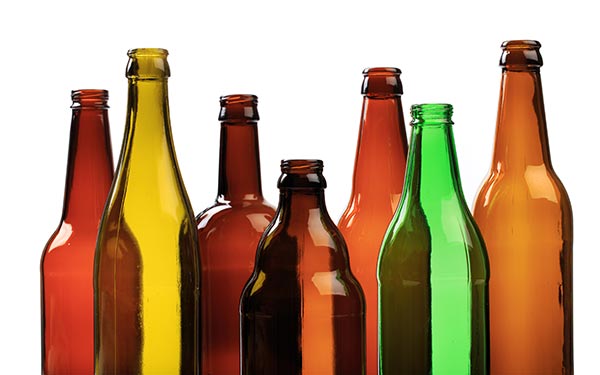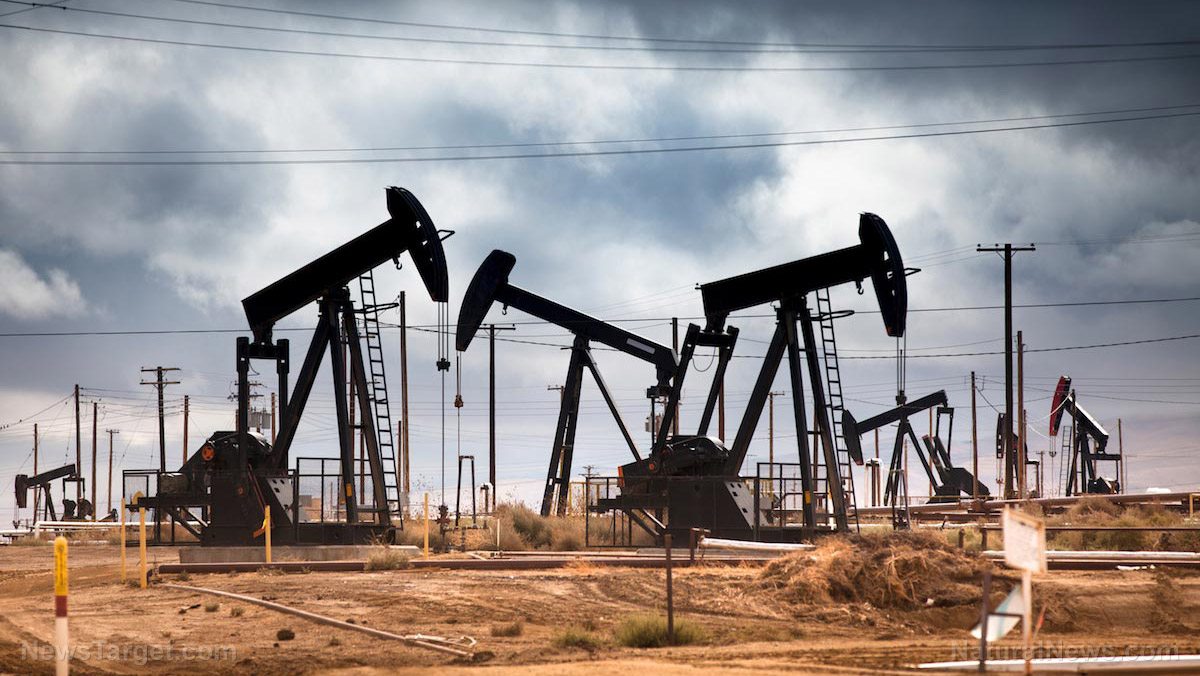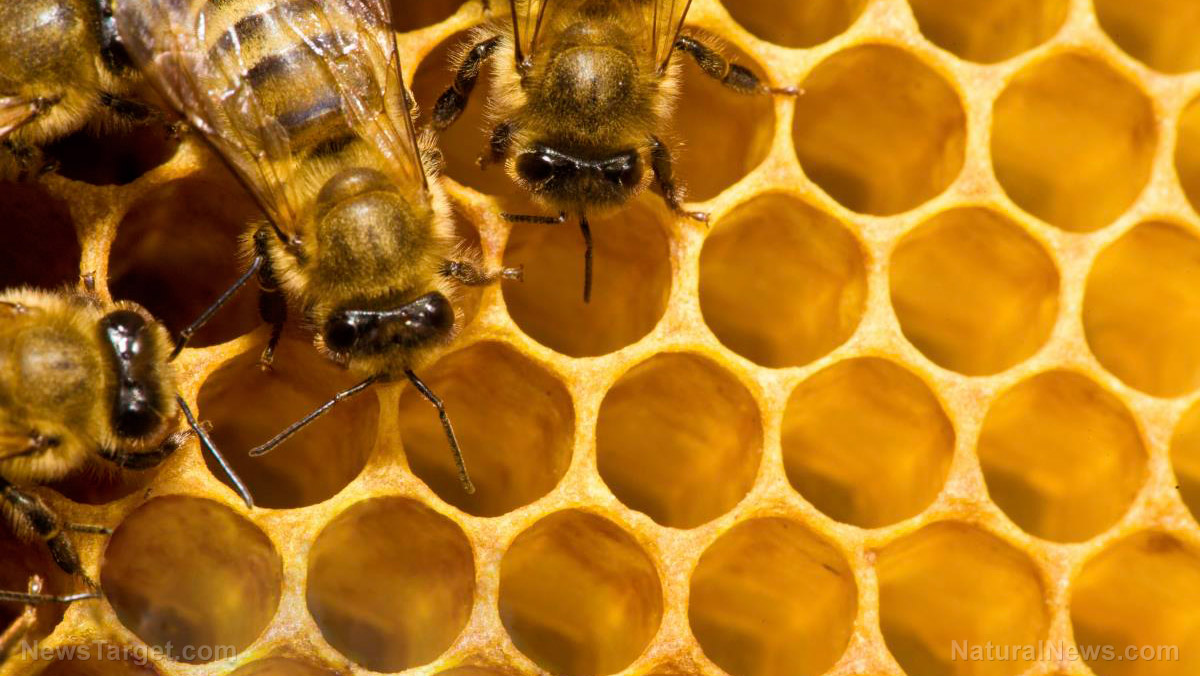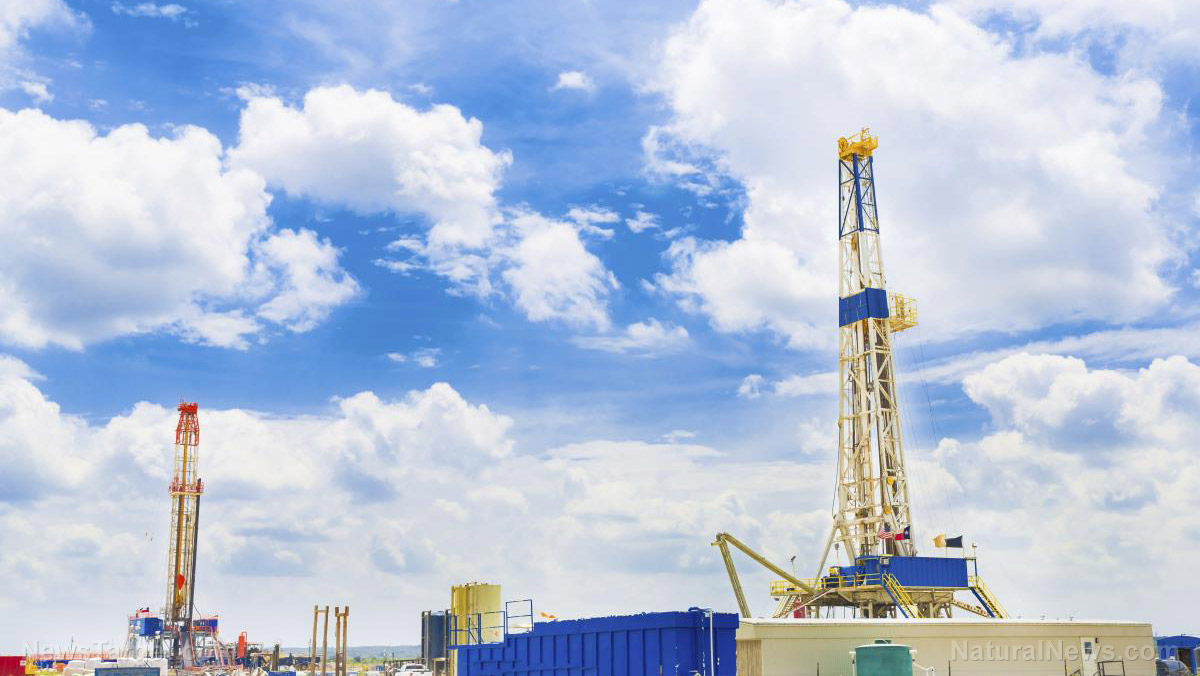NASA images reveal massive DROP in pollution in China following coronavirus outbreak
03/04/2020 / By Franz Walker
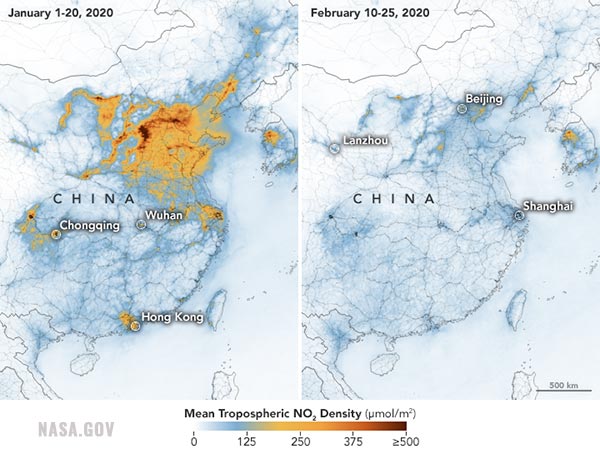
Scientists monitoring the ongoing the coronavirus (COVID-19) outbreak in China have found one surprising bit of silver lining. Satellite images from NASA revealed a significant drop in pollution over some of China’s biggest cities.
According to NASA, there has been a significant decrease in nitrogen dioxide (NO2) emissions in China due to the economic slowdown following the coronavirus outbreak. NO2 emissions usually come from motor vehicles, industrial facilities and power plants.
Pollution monitoring satellites have detected significant decreases in nitrogen dioxide over China. There is evidence that the change is at least partly related to the economic slowdown following the outbreak of coronavirus. Learn more from @NASAEarth: https://t.co/2N9GB8hfnB
— NASA (@NASA) March 1, 2020
The report comes after scientists had already announced that China’s emissions had gone down by at least 25 percent during the first two weeks of February. The first reports of the outbreak came at the same time as the start of the Chinese Lunar New Year celebrations in February, resulting in officials extending the holidays in an attempt to keep people at home.
A dramatic decrease in emissions
The satellite imagery, which covers the first two months of the year, shows that pollution levels dropped drastically as quarantine efforts were put in place in various cities in China. The reduction in NO2 emissions became first apparent near Wuhan, where the first cases of coronavirus infection were reported. Chinese officials eventually put up other quarantine efforts in other cities throughout the country, resulting in NO2 emissions being reduced in those cities as well.
“This is the first time I have seen such a dramatic drop-off over such a wide area for a specific event,” stated Fei Liu, an air quality researcher at NASA.
Prior to this, she recalled seeing a similar in NO2 levels during the economic recession that began in 2008. However, according to Liu, the drop in emissions back then was gradual, not as drastic as the one being observed in China. Additionally, the Chinese capital of Beijing also saw a reduction in emissions during the 2008 Olympics, but these were mostly centralized around the city, and pollution levels went back up after the games had ended. (Related: “Recovered” coronavirus patients in China are testing positive a second time.)
Lunar New Year celebrations helped
The Lunar New Year celebrations may have helped in lowering the emission levels of NO2. Previous observations have observed that air pollution tends to decrease around this period as factories shut down, before going back up again after the holidays. However, NO2 levels have not gone up after this year after the celebrations.
“This year, the reduction rate is more significant than in past years and it has lasted longer,” stated Liu. “I am not surprised because many cities nationwide have taken measures to [minimize] the spread of the virus.”
Lowered pollution levels come with lowered industrial output
However, the reduction in pollution levels comes with a cost to China’s industrial sector. With China’s factories shut down due to the quarantine, China’s National Bureau of Statistics stated that the country’s official Purchasing Managers’ Index (PMI), a widely watched measure of economic activity, fell further this past February than at any time in the last 12 years.
China’s lowered production output could have repercussions for other countries as well. Factories in Europe have already been affected as companies struggle to access vital components sourced from China and other countries in East Asia.
In response to this, China is trying to ramp up production in low-risk areas. Last week China’s president, Xi Jinping, told officials that these low-risk areas should “resume full production and normal life.” Indeed, the government is reporting that larger factories have reached 85.6 percent of their capacity by the middle of last week. However, unofficial reports show that factories in Hubei province, where the outbreak started, are working at no more than 75 percent of their capacity, with most working at only 25 to 50 percent as workers remain stuck at home and unable to go to work due to the quarantines.
Sources include:
Tagged Under:



